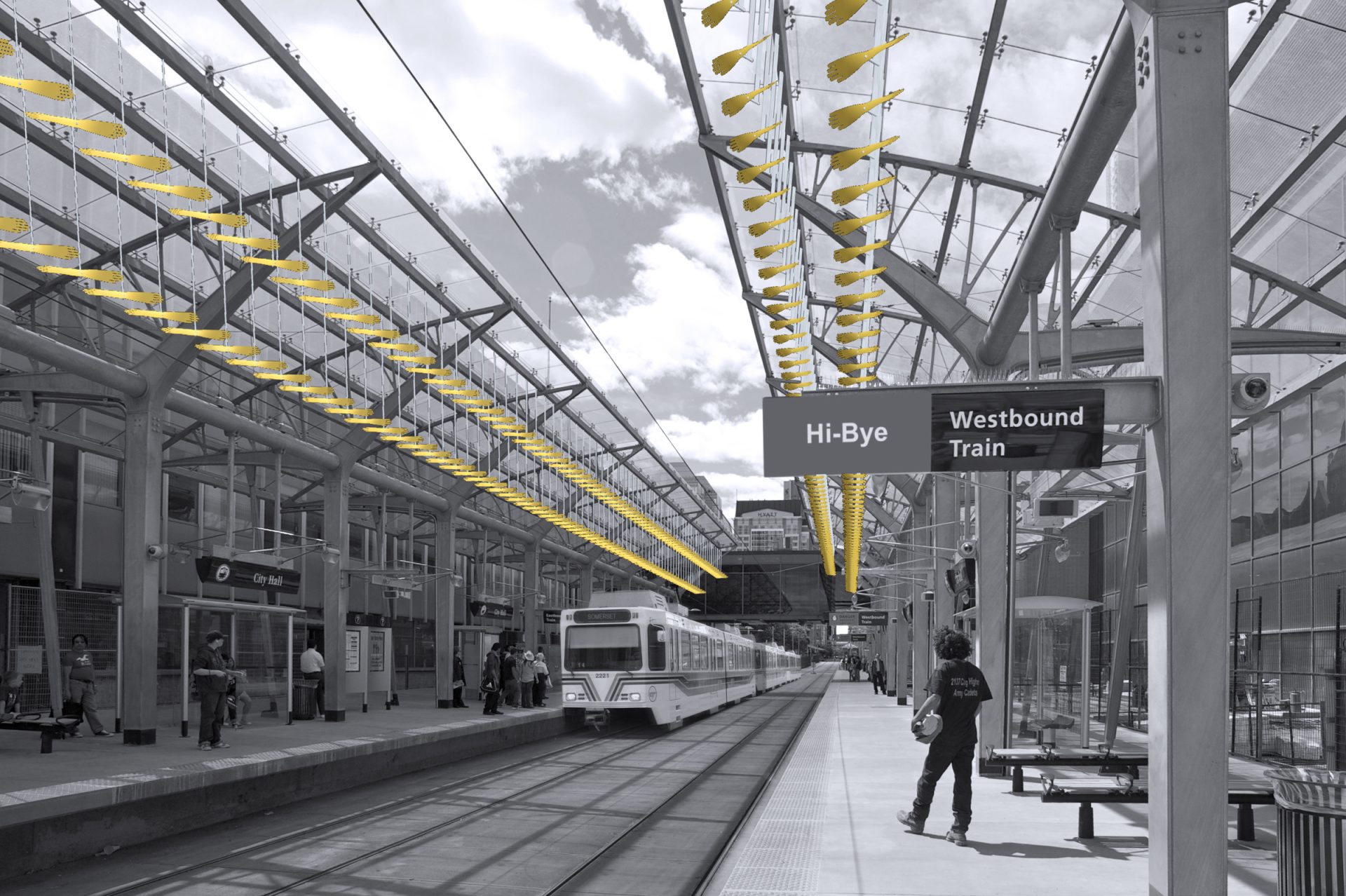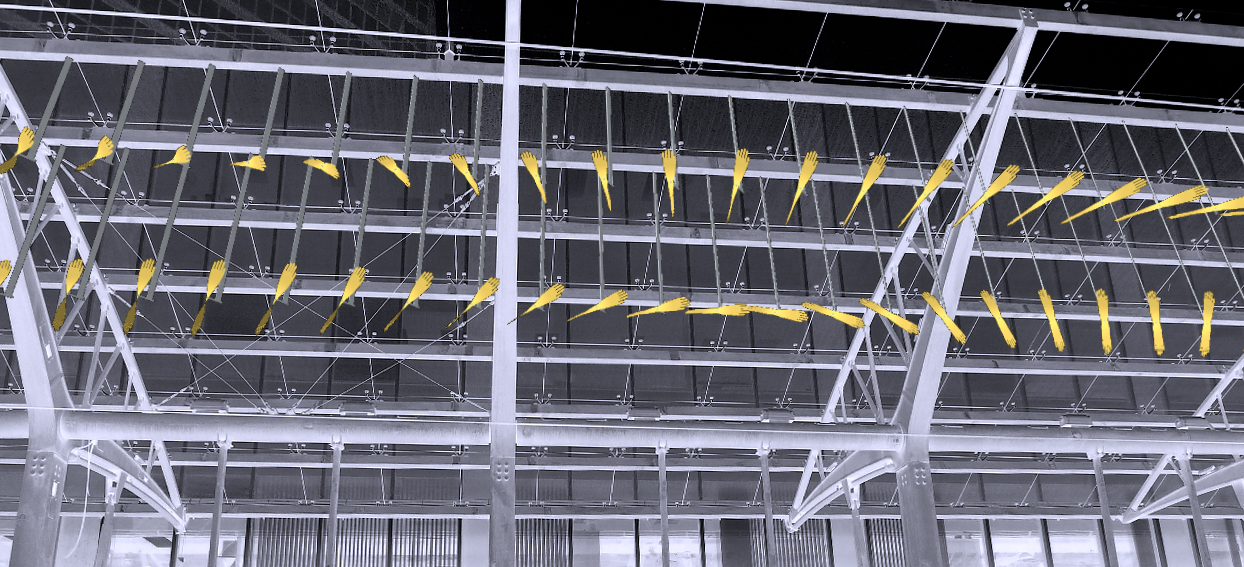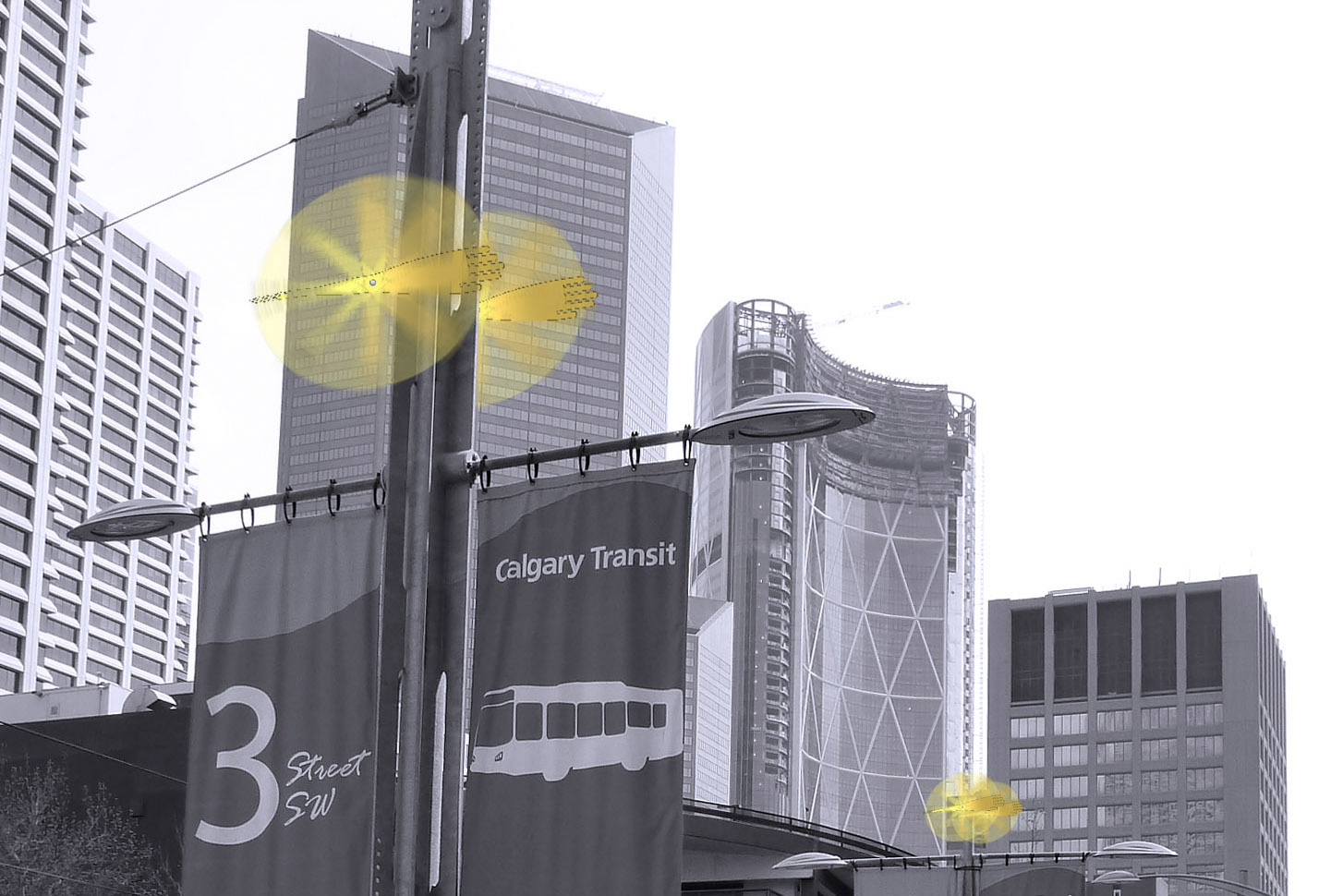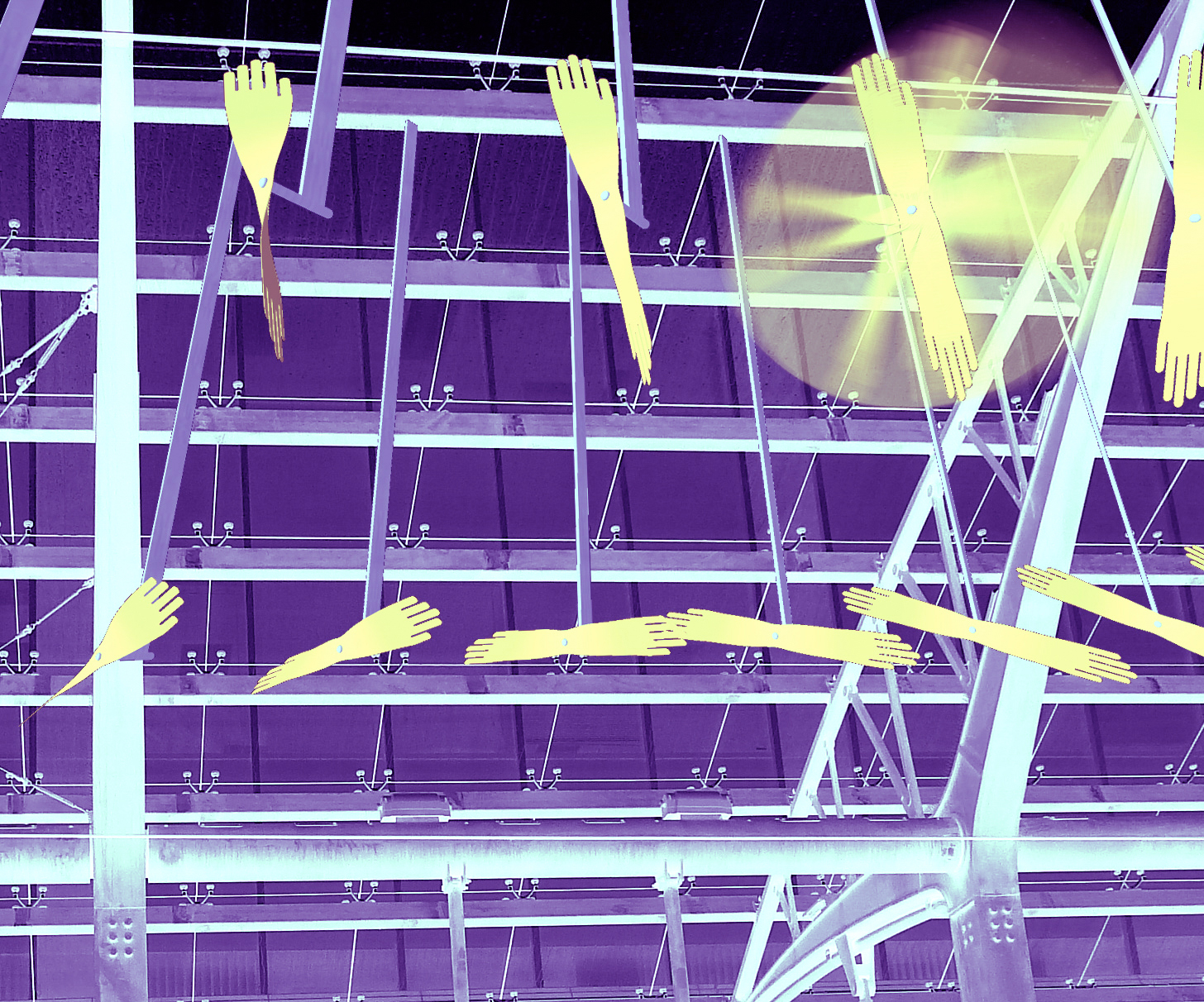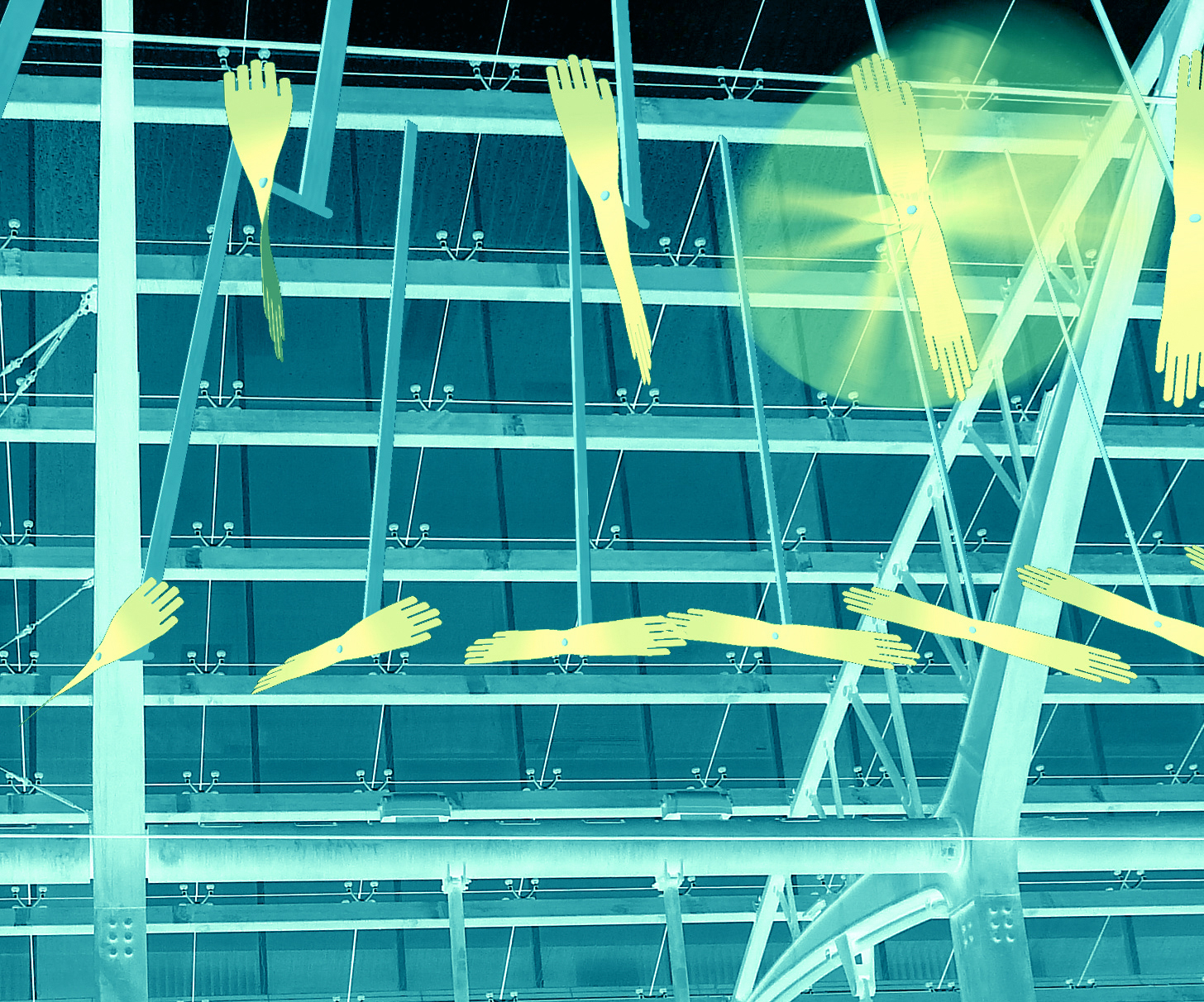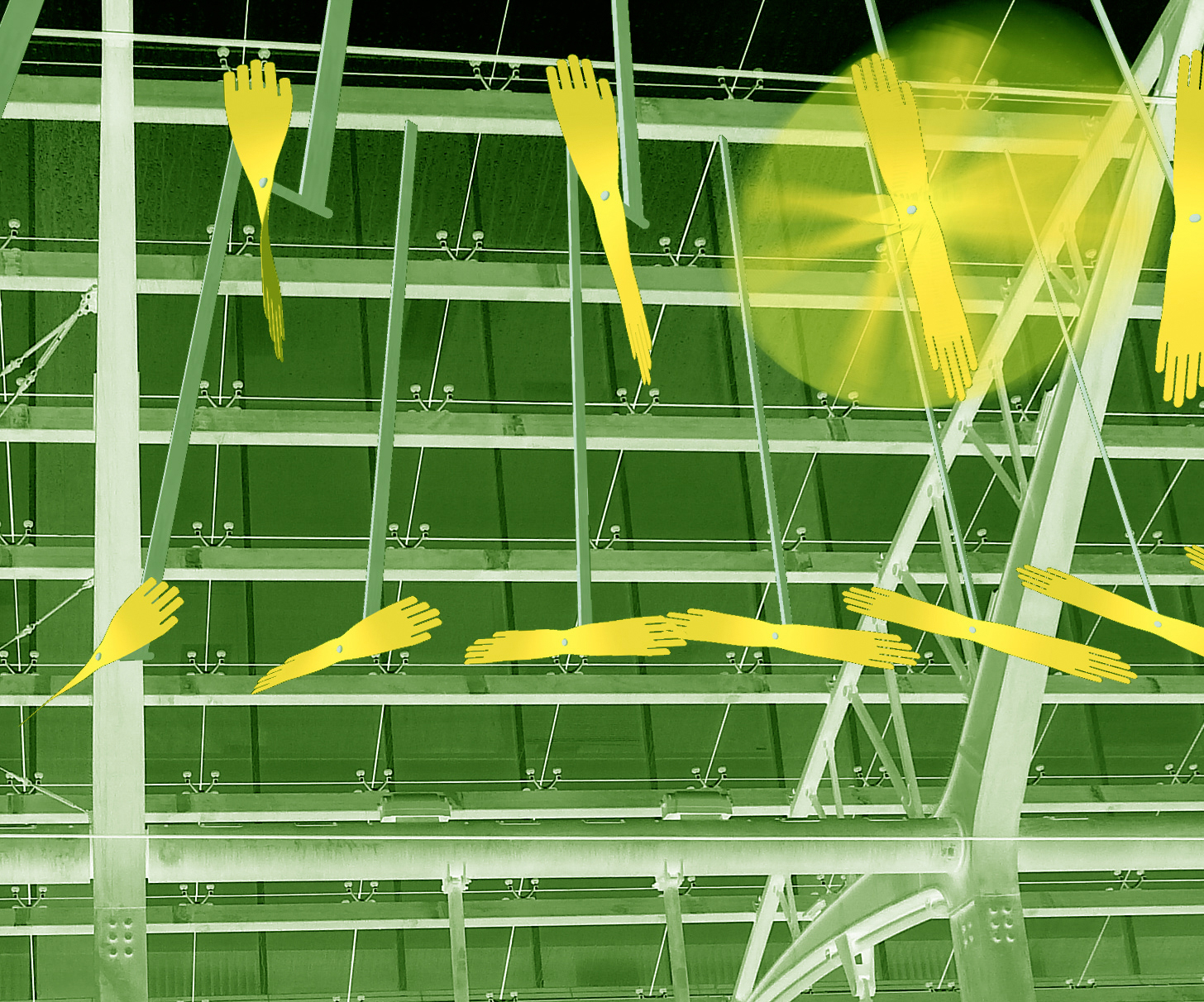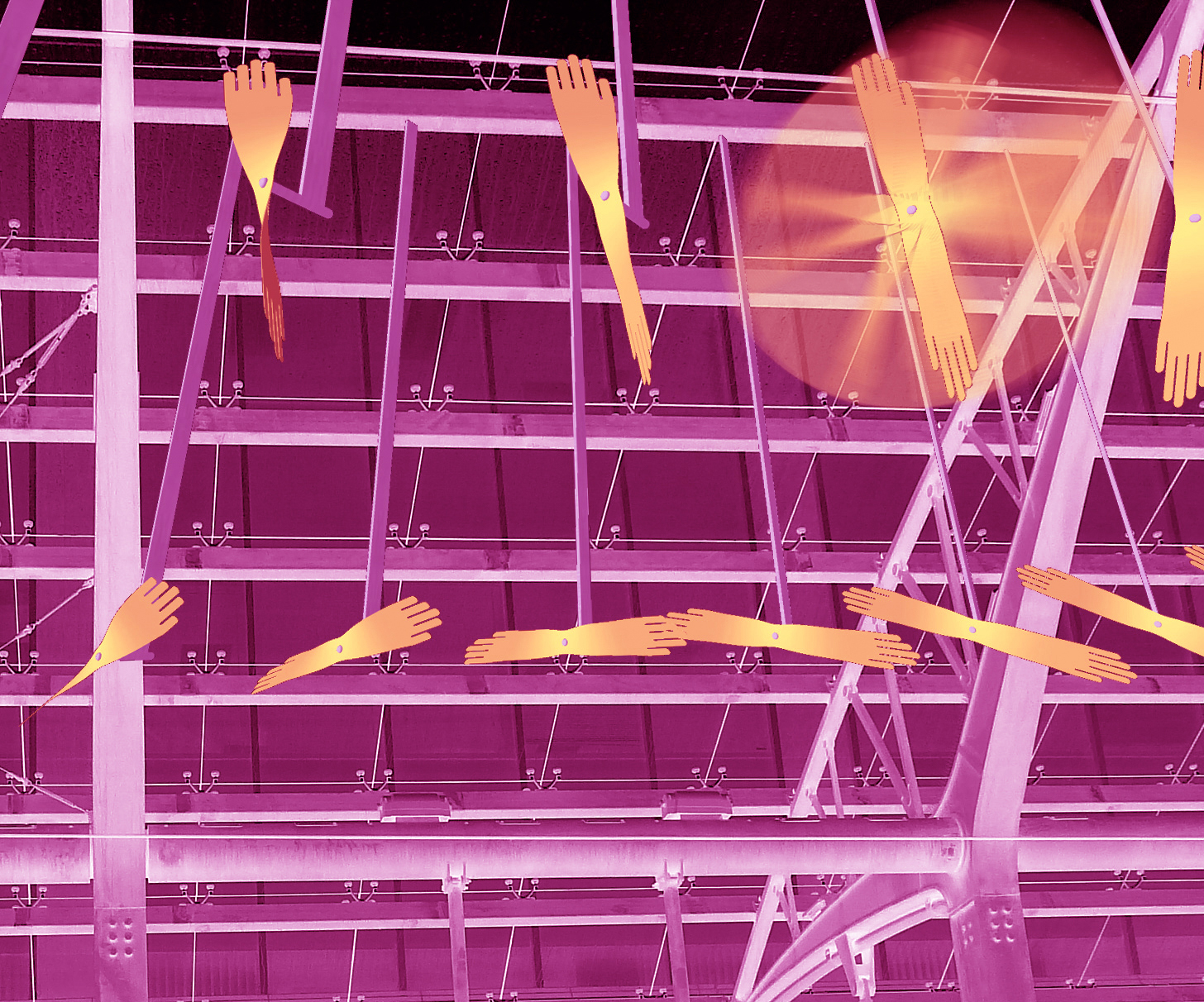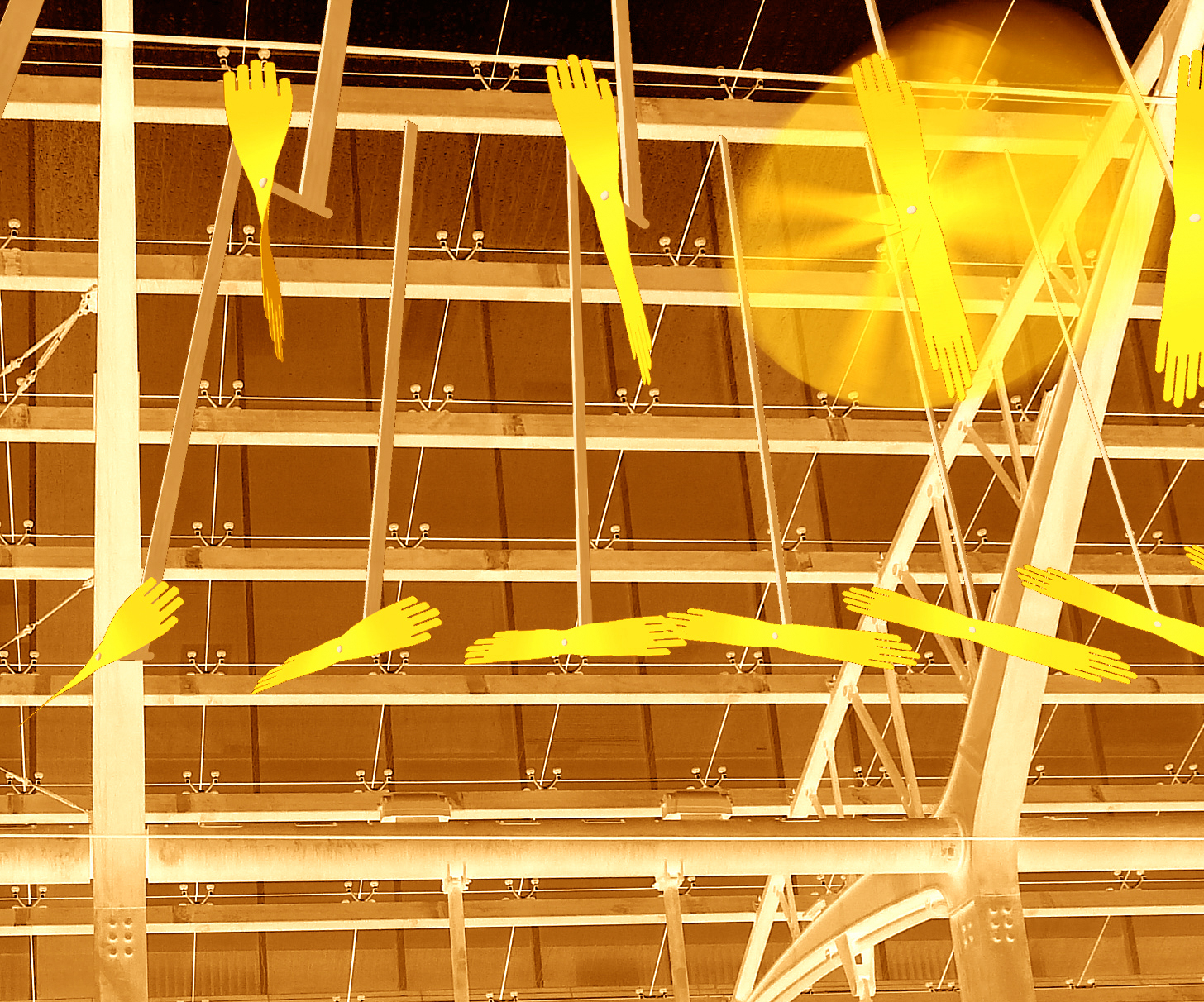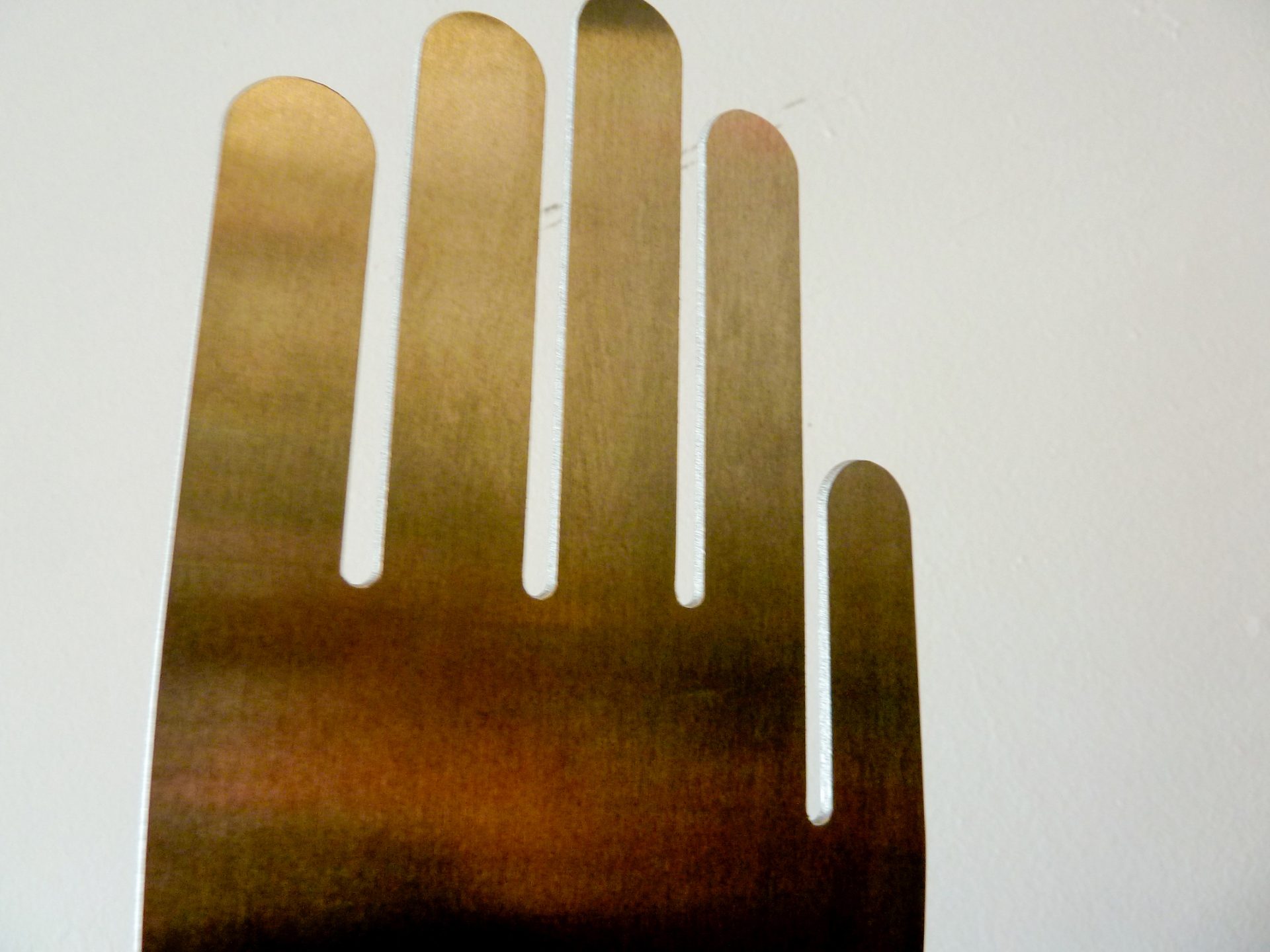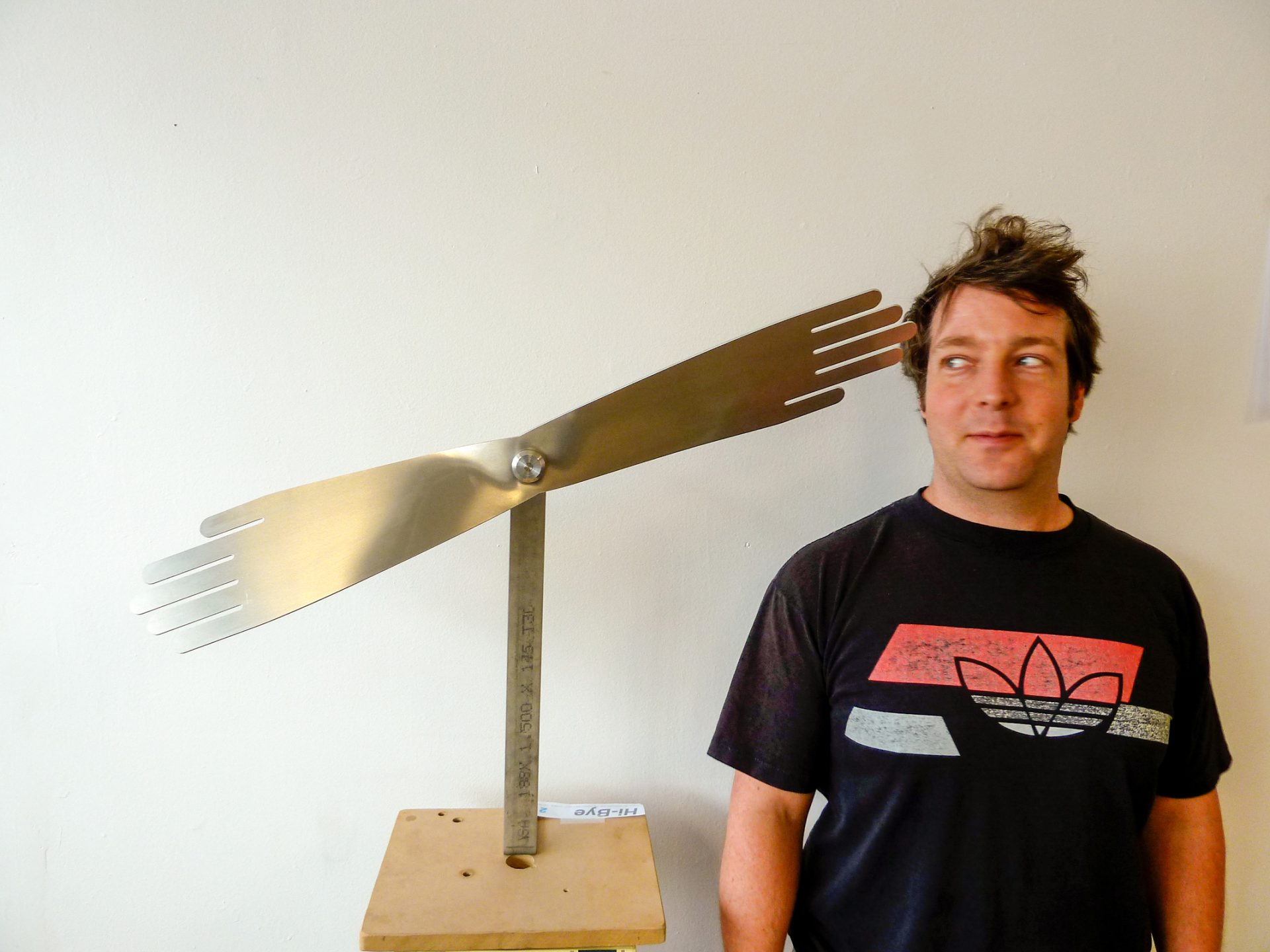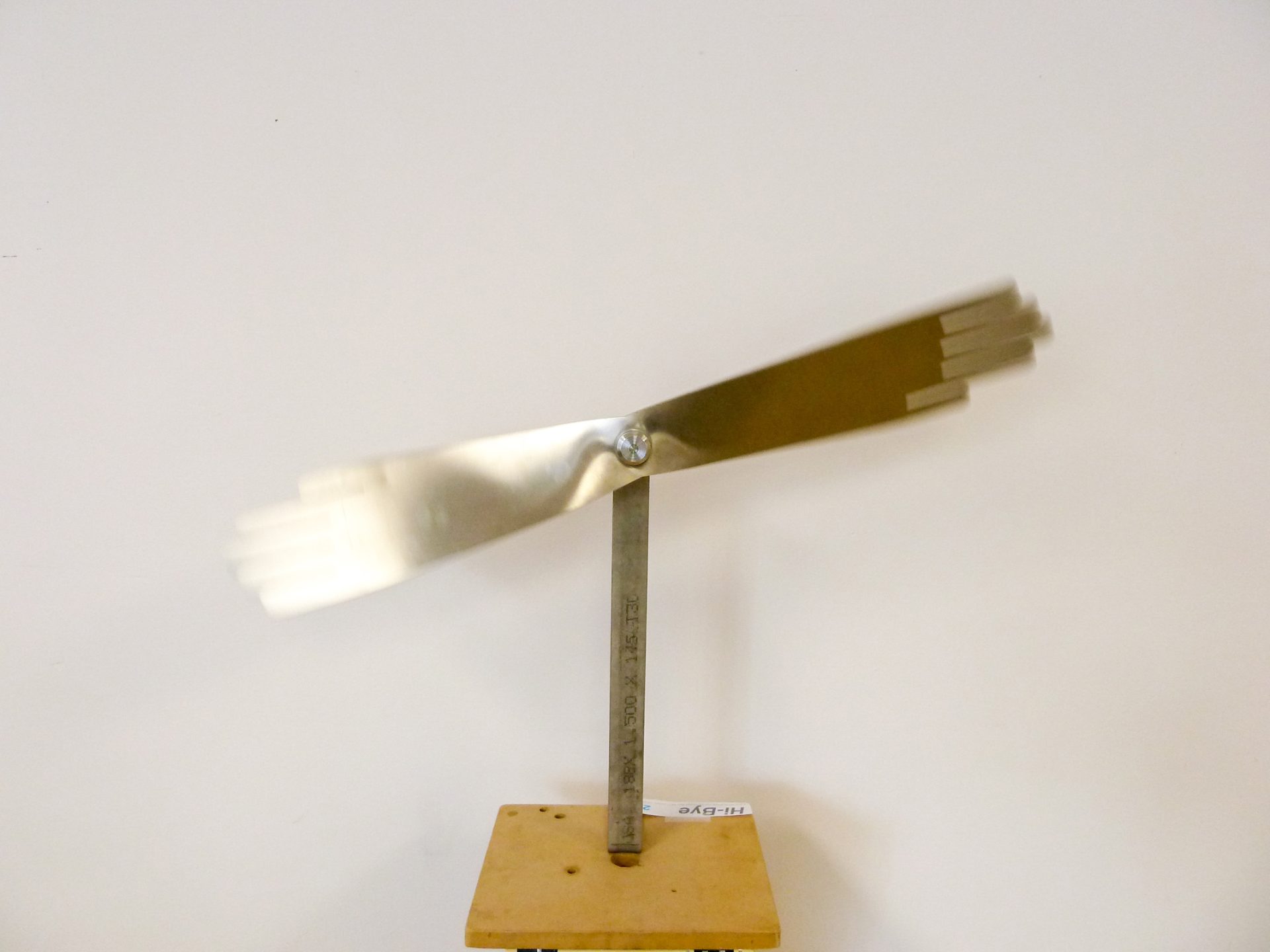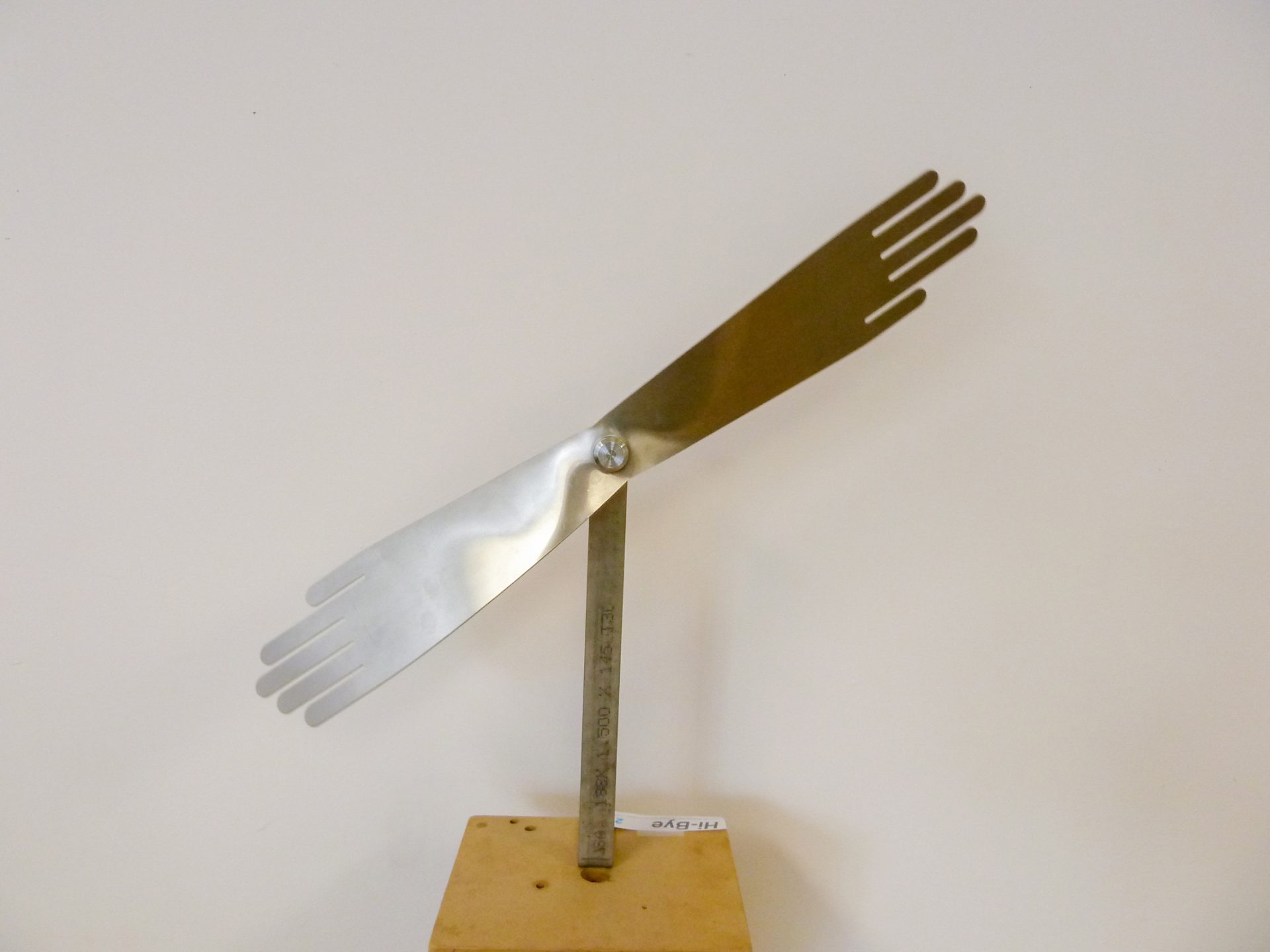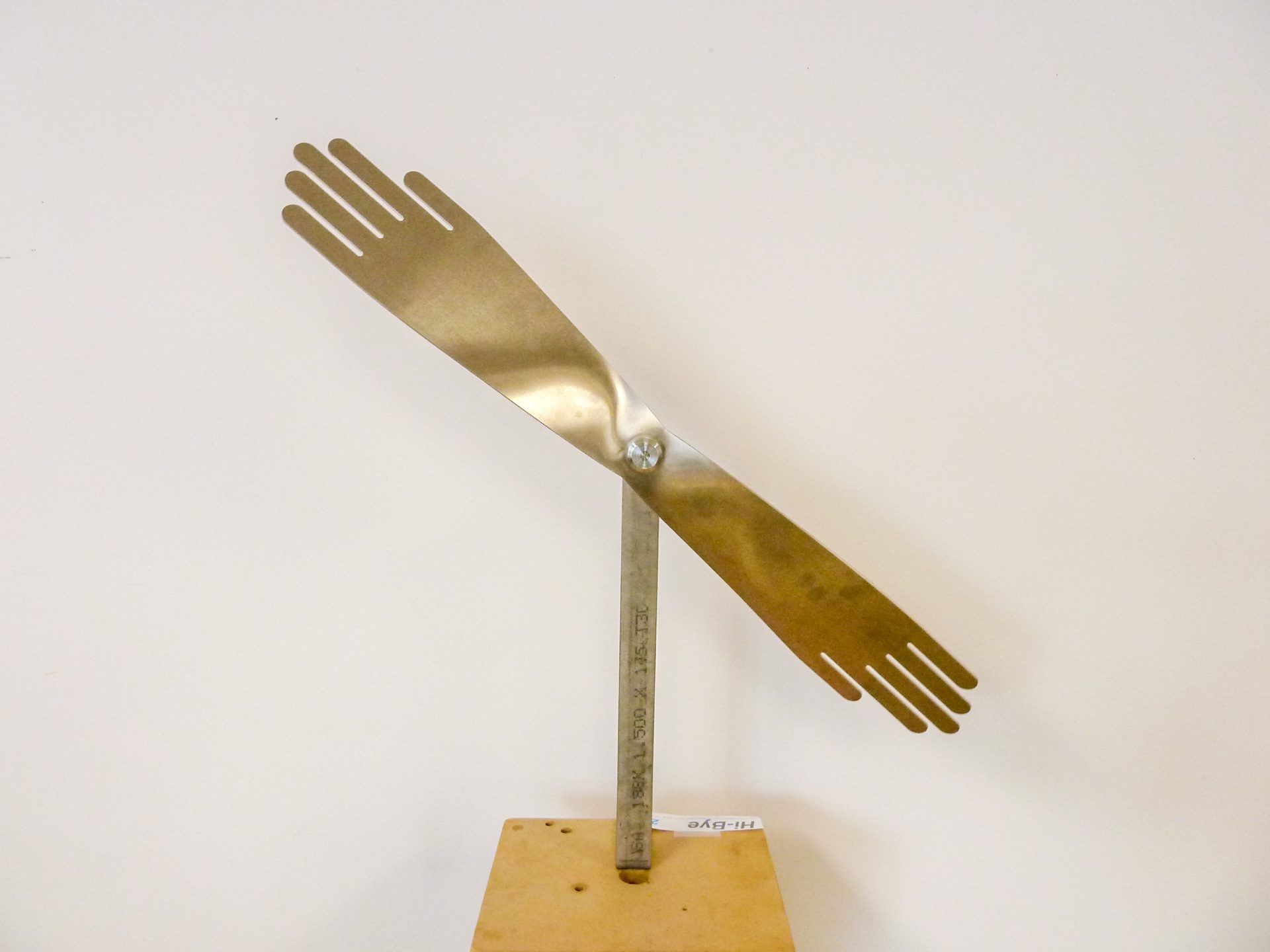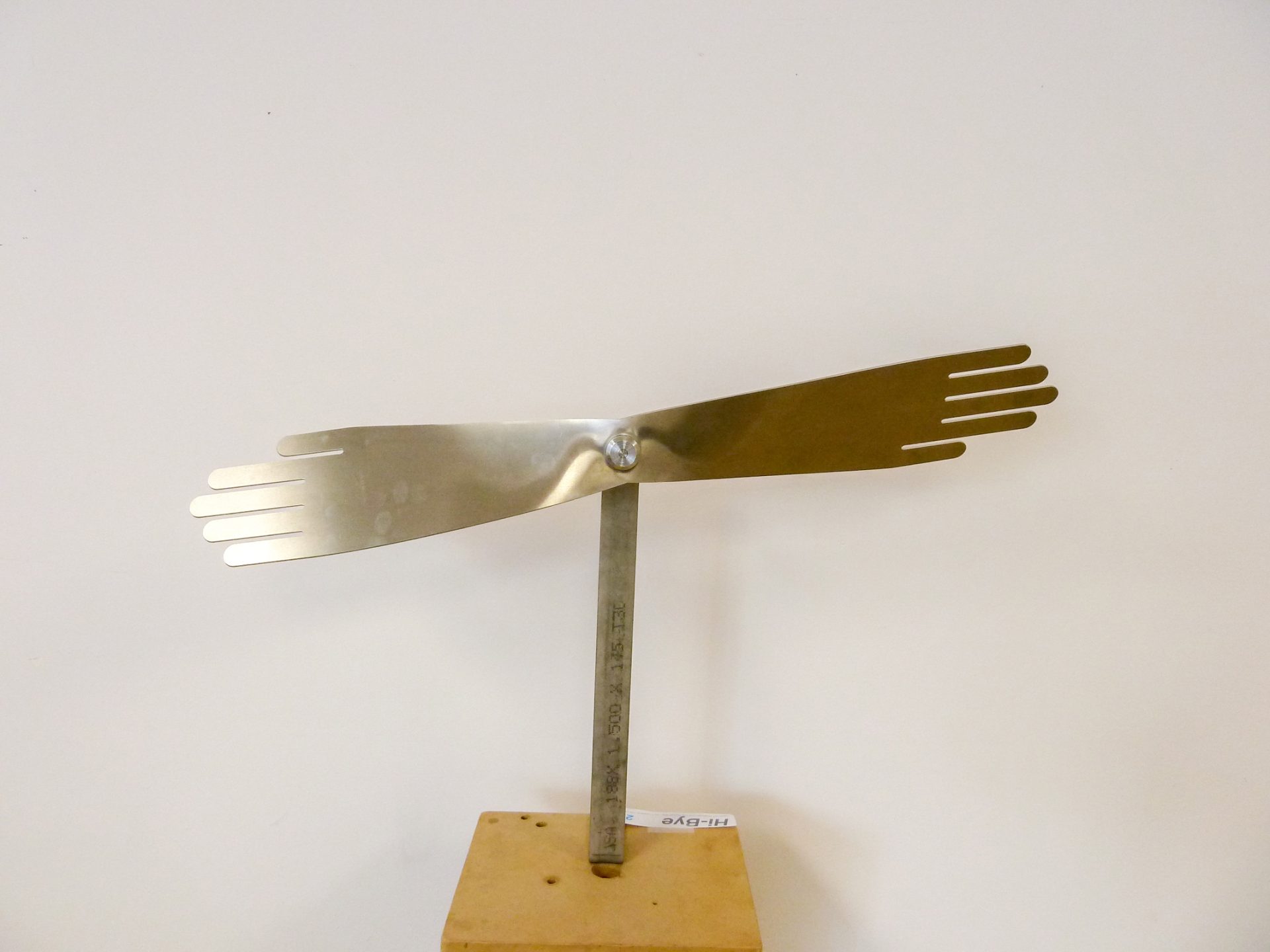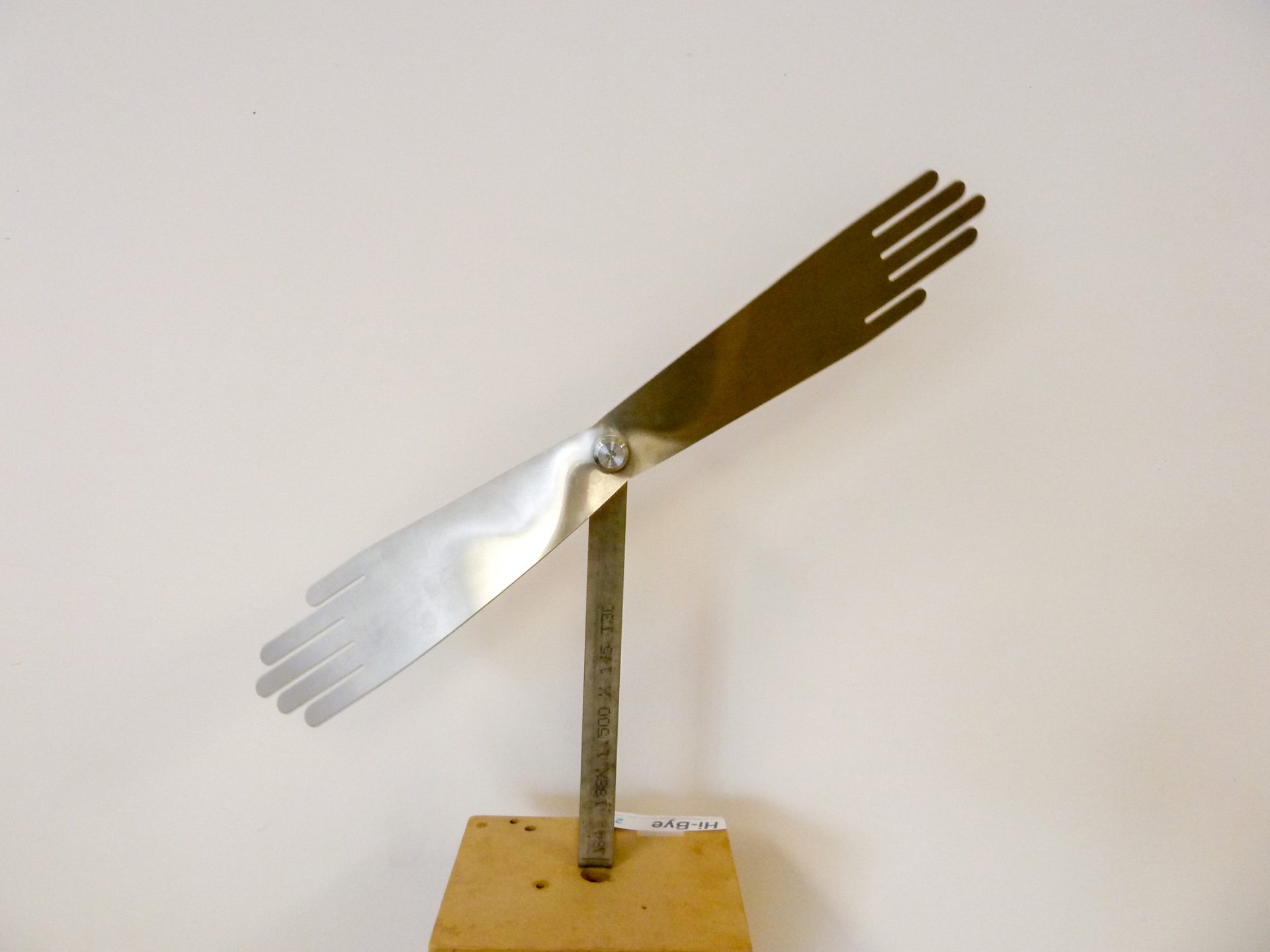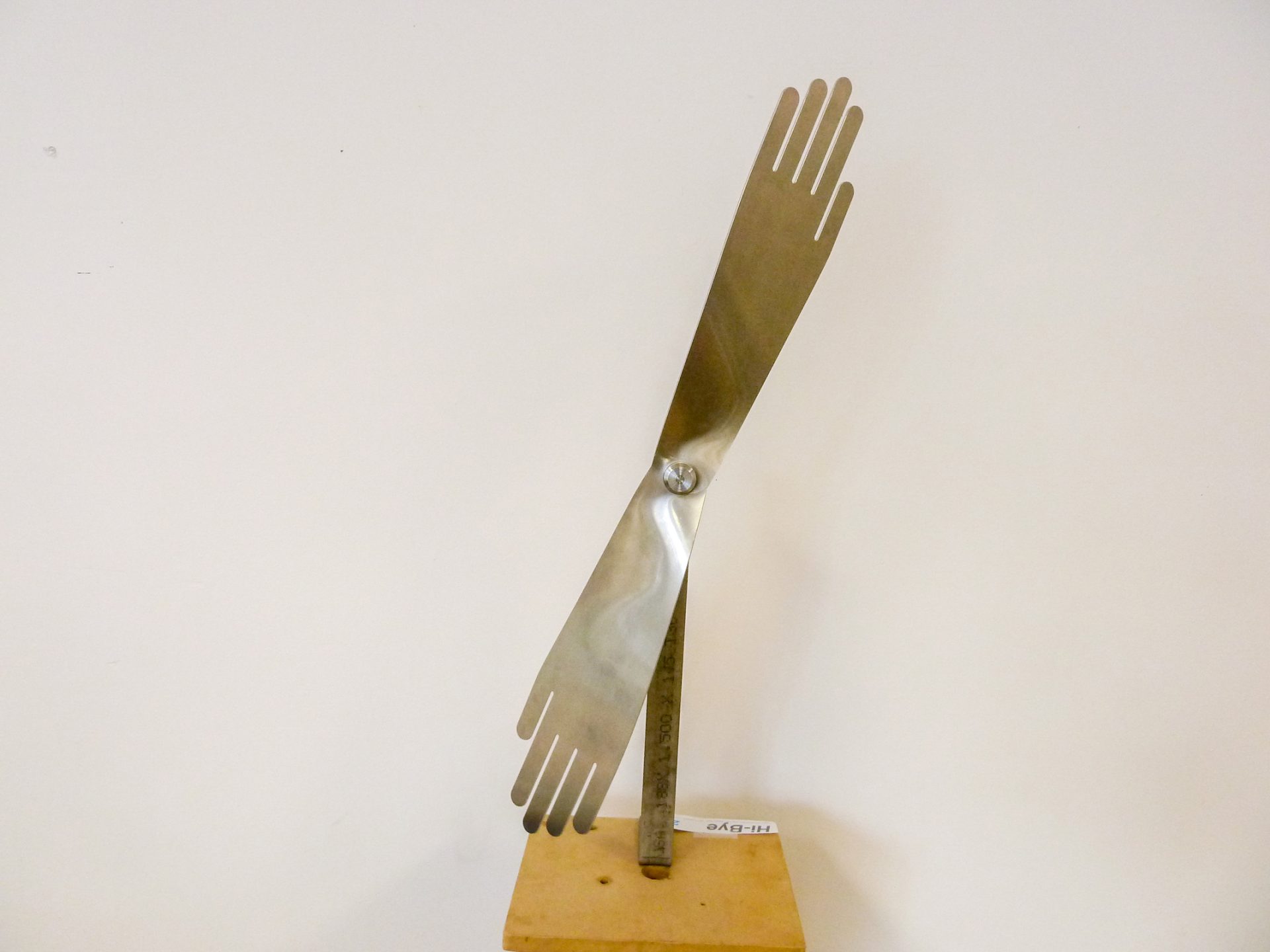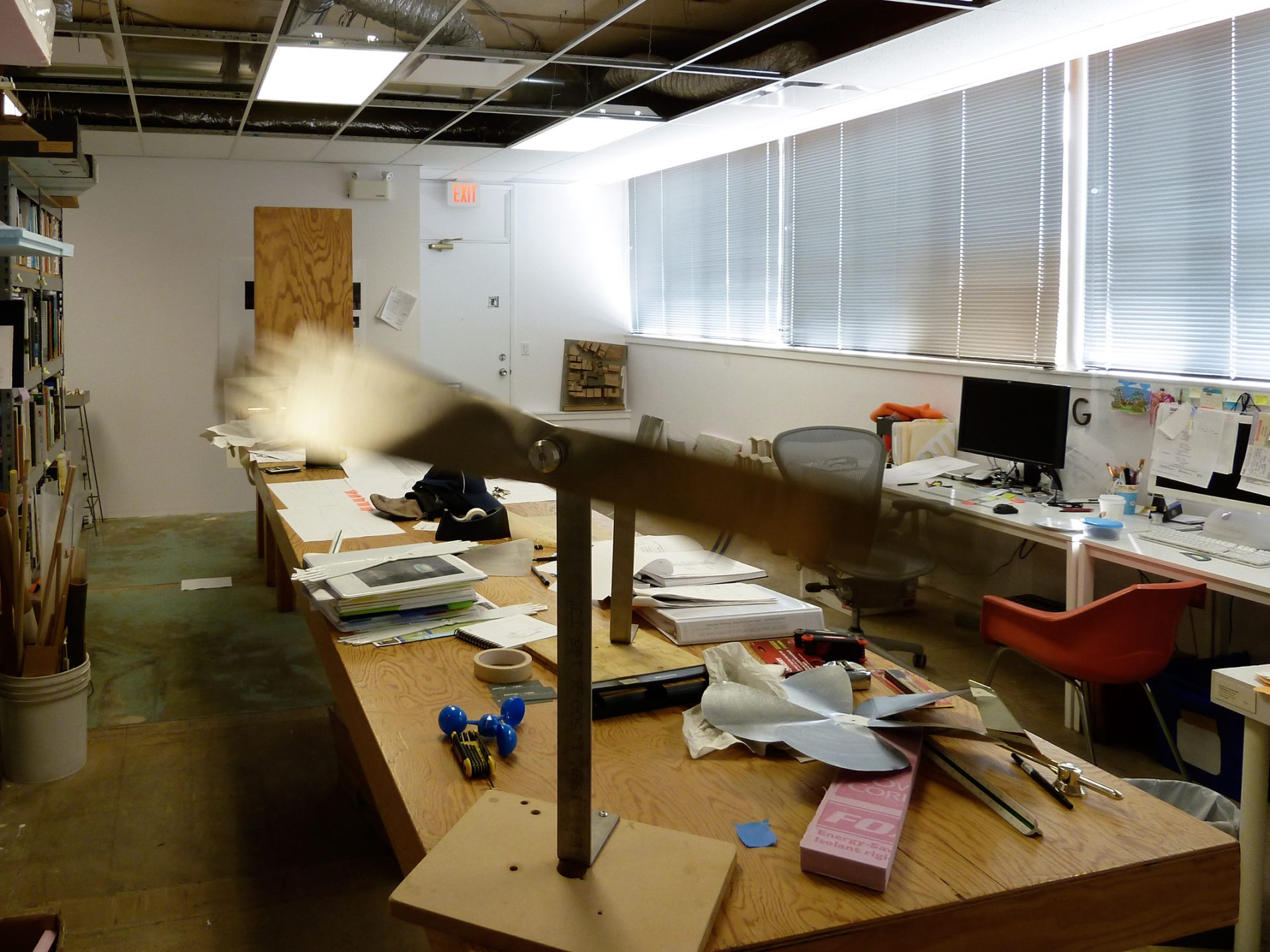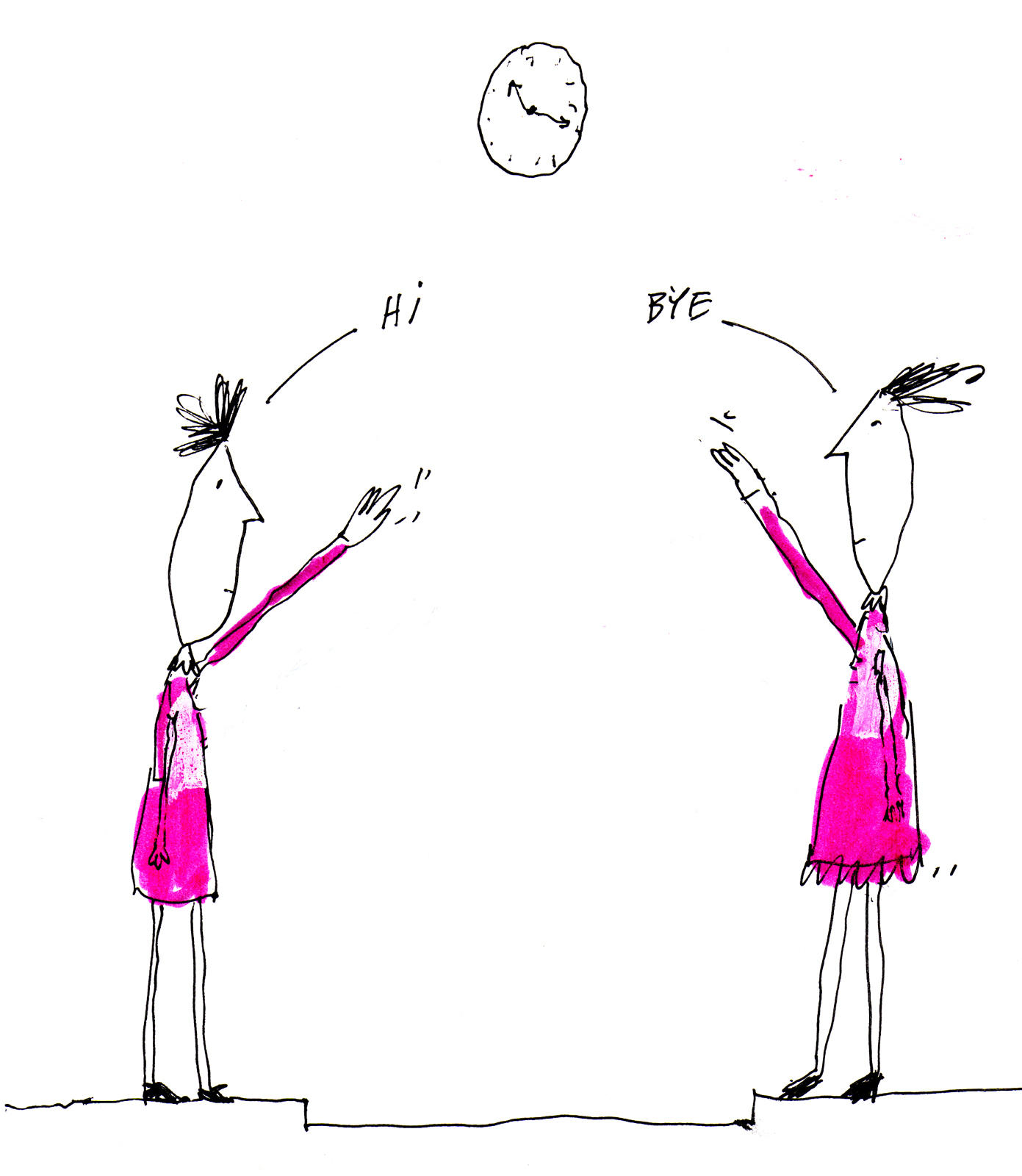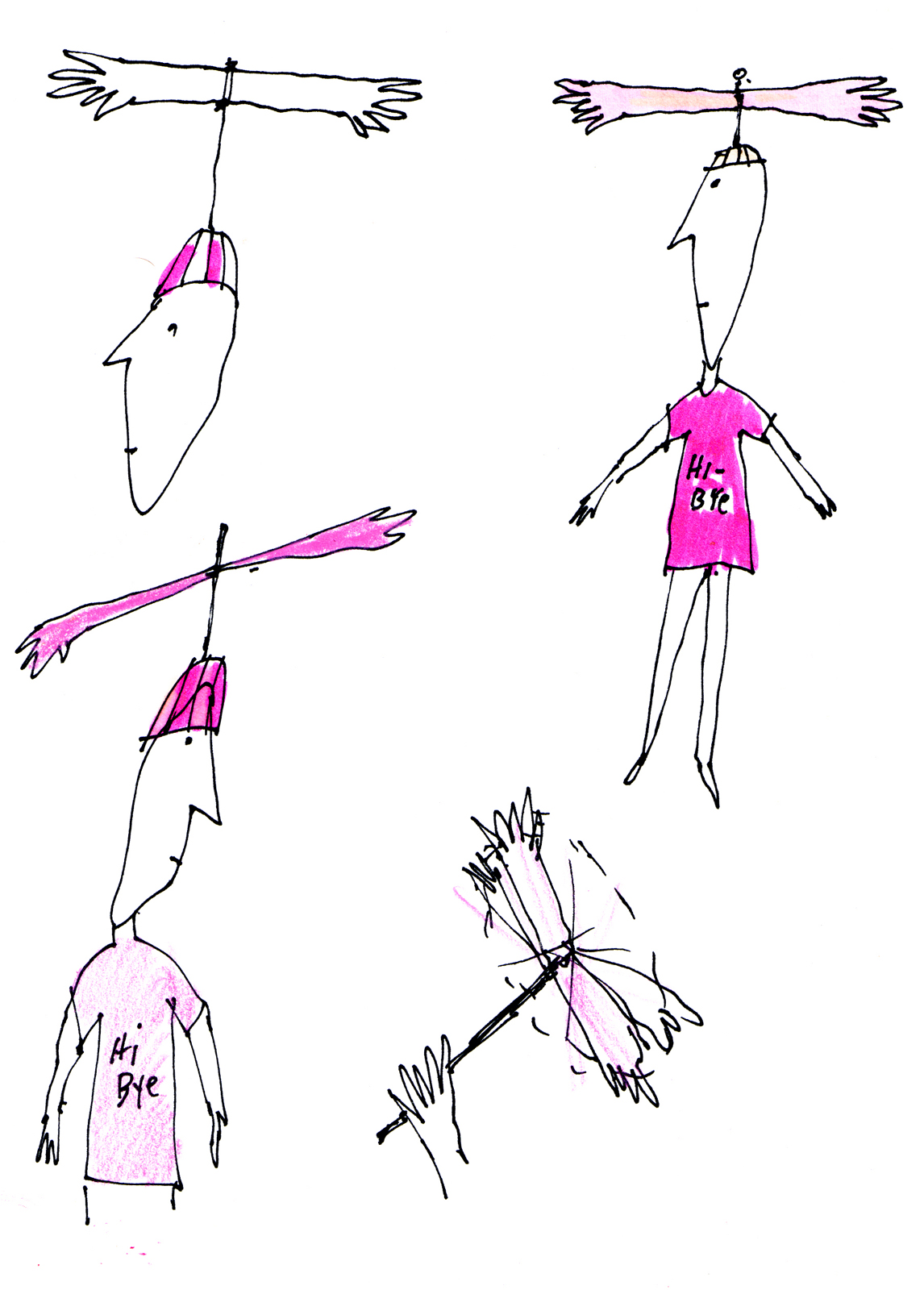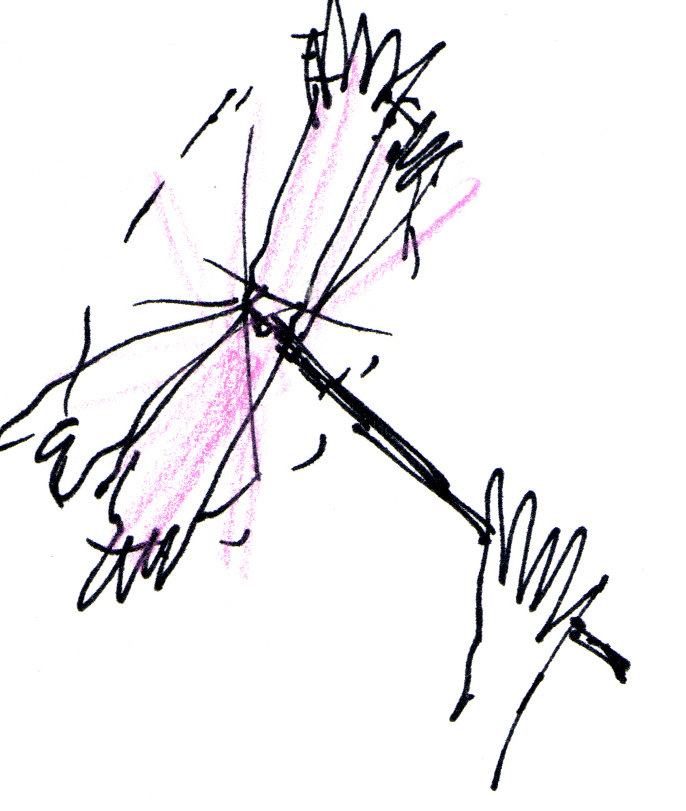Within the constructed canyon of Calgary’s 7th Av. transit mall, one can say that the last residual piece of “the natural” is the movement of air. These breezes are co-produced by the flow of C-trains, weather systems and the urban design of this growing city, which intensify and modify these wind patterns. This air becomes visible through the actions it exerts on things such as people’s hair, their clothes, trees, clouds and even a roguish plastic bag which lightly floats from curb to curb.This phenomenon connects Calgarians to the larger systems of the Albertan earth as a reminder that the natural processes of the world are alive and blowing. The city’s very presence at the seam between the Rockies and Prairies grants it the privilege of vast displays of sky-theatre, much of which is the result of this flowing air. Within this breezy milieu (and partly the cause of it) are the endless flows of people who are going from here to there and back again — busy, scheduled, en route, in transit. Flocks of thousands per day pass through the LRT stations of 7th avenue in downtown Calgary, and in their wake gusts and shallows of their daily migrations are formed.What is common to all these people is that they probably said “bye” to someone earlier in their day and will say “hi” to someone in a little while. Sometimes they only have time to say “hi” and “bye” at the same time (imagine two friends seeing each other across the platform for only five seconds before their respective trains whisk them away). The “hi’s” and “bye’s” may have been accompanied by a friendly wave.
This proposal brings together the two ideas of airflow and human movement, offering an art piece which bids welcome and farewell to the commuters and pedestrians. The Hi and Bye of casual speak becomes the title of this work, with a friendly breeze-driven chorus of waves which simultaneously say hello and goodbye to those along their way.
waving
The waving in our proposal is produced by the installation of up to 900 rotating wind devices, mounted within the canopies of the two gateway LRT stations (City Hall and Kirby), as well as along pedestrian pole traction poles in-between. This would become an attenuated art piece connecting the downtown corridor for its almost two-kilometer length.
The wind devices would be designed to rotate when activated by the breeze, producing a visible representation of the air as it travels along the route. The cut-outs of hands which replace conventional propellers, are meant to produce a friendly Calgary hello and goodbye for those who see them. Singularly they would be seen as benign and cute, however, en masse they will produce a more sublime and sequential line of connectivity.
This piece is conceptualized to be accessible to everyone, for who wouldn’t recognize the shape of a hand? However, it is also a meditation on movement, travel, and where one is going to or coming from. It is an examination of how time in contemporary society is sometimes conflated into such busy-ness that one has to say “hi” and “bye” at the same time.
The piece is off the grid to celebrate the latent power of natural systems, in this case, in the service of a joyful piece(s) of art.
the hands
Three hundred will be suspended from the canopies of each of the gateway stations (600 in total) and upwards of another 300 in-between, mounted to poles. Each is a kit of parts, just like the transit infrastructure, and would be designed to attach into existing holes and beams with galvanized steel plates, gaskets and hardware. The aluminum hands would be engineered by aviation specialists and fabricated to the highest standard of machining.
community project
We imagine that hi-bye could become a generator for an associated wind festival every year. School children could be encouraged to build their own hand-held “hi-byes”, come downtown on transit and parade them up and down 7th avenue.
Title
hi-bye
Location
Calgary, AB, Canada
Client
City of Calgary
Date
2011 (unbuilt)
Project Team
PECHET Studio
Prototype
Toby’s Cycle Works Inc.
Images / Renders
Gabe Daly, Bill Pechet
